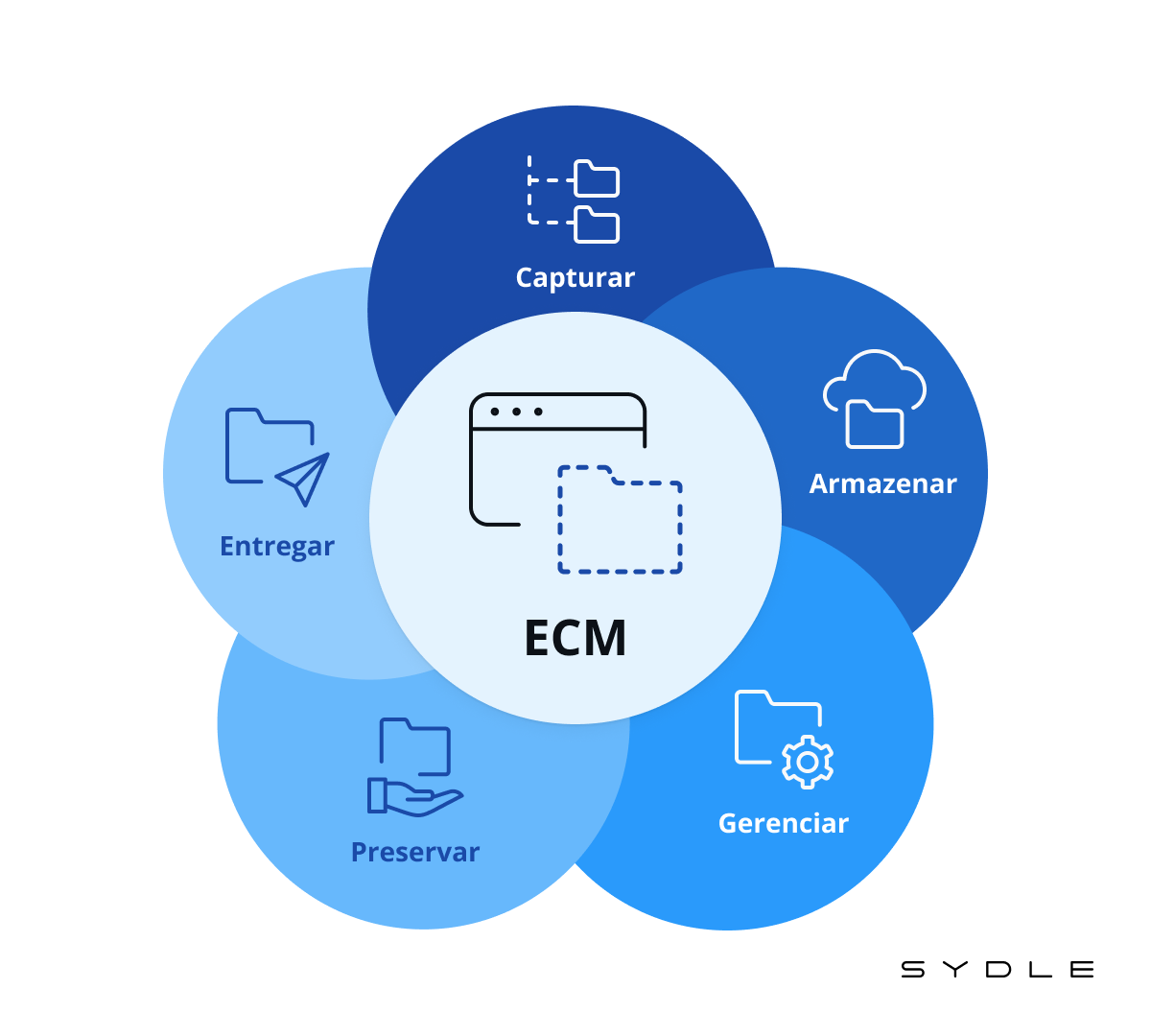Implementing ECM and BPM initiatives can come with several challenges for organizations. Here are some common challenges that organizations may face:
- Resistance to Change: Introducing ECM or BPM often requires changes in processes, workflows, and user behavior. Resistance to change from employees or stakeholders can hinder successful implementation. Addressing resistance through effective change management strategies, communication, and training is crucial.
- Lack of Clear Goals and Strategy: Without clear goals and a well-defined strategy, organizations may struggle to align their ECM or BPM initiatives with business objectives. It’s important to have a clear vision, identify key priorities, and establish measurable goals to drive the implementation.
- Complex Integration Requirements: ECM and BPM initiatives often require integration with existing systems, databases, and applications. Ensuring seamless integration and data interoperability can be a challenge, especially in complex IT environments. Organizations need to carefully plan and manage integration efforts.
- User Adoption and Engagement: ECM and BPM solutions are only effective if users embrace and actively engage with them. Lack of user adoption, inadequate training, or poor user experience can hinder the success of the initiatives. Organizations should involve end-users early on, provide comprehensive training, and focus on creating user-friendly interfaces.
- Data Quality and Governance: ECM and BPM initiatives heavily rely on accurate and reliable data. Organizations may face challenges related to data quality, data integrity, and data governance. Establishing data governance policies, data validation processes, and ensuring data accuracy are key considerations.
- Scalability and Flexibility: As organizations grow and evolve, scalability and flexibility become important factors. ECM and BPM solutions should be able to accommodate increasing volumes of content, users, and processes. It’s crucial to select solutions that can scale and adapt to changing business needs.
- Measuring Success and ROI: Determining the success of ECM and BPM initiatives and measuring return on investment (ROI) can be complex. Organizations should define relevant metrics and establish mechanisms to track and evaluate the impact of the initiatives on efficiency, productivity, cost savings, and customer satisfaction.
- Vendor Selection and Support: Choosing the right ECM or BPM software vendor is critical. Evaluating vendor capabilities, product features, support services, and long-term viability is essential. Organizations should thoroughly assess vendor offerings and seek references or case studies to ensure a successful partnership.
Addressing these challenges requires careful planning, stakeholder involvement, effective change management, and continuous monitoring and adaptation. Organizations should engage in thorough requirements analysis, involve key stakeholders, and seek expert guidance to navigate these challenges successfully.
SHARE
